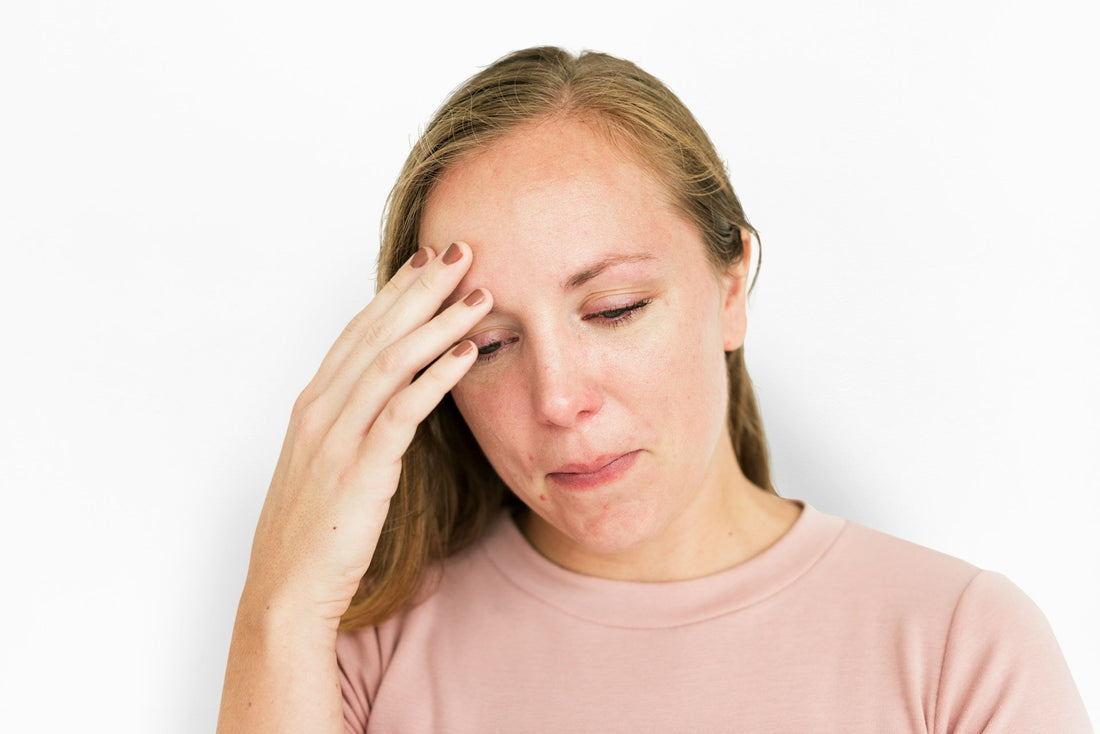
Can a Hemorrhoid Cause Leg Pain? Exploring the Connection and Symptoms
Share
Many individuals who experience discomfort from a hernia may wonder if it can lead to the development of hemorrhoids. While a hernia itself does not directly cause hemorrhoids, the pain and strain associated with a hernia can contribute to the onset of hemorrhoid symptoms. Understanding the relationship between these two conditions is crucial for effective management and relief.
When a hernia occurs, a noticeable bulge may appear in the abdomen or groin area. This bulge can lead to discomfort and strain during bowel movements, which may increase pressure in the rectal area. As a result, you may experience hemorrhoids, characterized by swollen veins around the anus and rectum, potentially leading to bleeding and further pain.
For those seeking relief from hemorrhoids, consider Hem Healer. Our supplement offers a 100% natural blend of botanical herbs that works orally to reduce pain, swelling, bleeding, and the duration of discomfort. Designed for both men and women, Hem Healer provides an effective solution to alleviate the troubling symptoms associated with hemorrhoids.
Understanding Hernias and Hemorrhoids
Hernias and hemorrhoids are two common conditions that can affect a significant portion of the population. Understanding their definitions, types, and risk factors can help you identify symptoms and seek timely treatment.
Definition and Types of Hernias
A hernia occurs when an internal organ or tissue pushes through a weak spot in the abdominal wall or surrounding tissue. Common types of hernias include:
- Inguinal Hernia: Occurs in the groin area and is more common in men.
- Umbilical Hernia: Develops near the belly button, often in infants.
- Hiatal Hernia: Happens when part of the stomach pushes through the diaphragm into the chest cavity.
- Ventral Hernia: Forms through an abdominal incision or weakened area.
- Incisional Hernia: Occurs at the site of a previous surgical incision.
Genetics can play a role in your risk for hernias, along with factors such as obesity, heavy lifting, and chronic cough. Symptoms typically include a noticeable bulge, discomfort, or pain in the affected area.
Definition and Types of Hemorrhoids
Hemorrhoids are swollen veins in the rectal area or anal canal. They can be classified into two main types:
- Internal Hemorrhoids: Located inside the rectum, these usually do not cause pain but can lead to bleeding during bowel movements.
- External Hemorrhoids: Found under the skin around the anus, these can cause significant pain and discomfort when swollen.
Risk factors for developing hemorrhoids include prolonged sitting, straining during bowel movements, and pregnancy. Symptoms often involve pain, itching, and bleeding, making effective management essential. For relief, consider natural supplements such as Hem Healer, which help reduce pain, swelling, and bleeding, specifically designed for both men and women.
Potential Links Between Hernias and Hemorrhoids
Hernias and hemorrhoids may seem unrelated, but they share common factors that can aggravate their occurrence. Understanding these connections can help you manage or prevent these conditions more effectively.
Straining and Pressure on Abdominal and Pelvic Areas
Straining during bowel movements is a significant risk factor for both hernias and hemorrhoids. When you exert excessive pressure, the increased abdominal strain can lead to the formation of a hernia or exacerbate existing hemorrhoids. This is particularly true during heavy lifting or persistent coughing, which can also increase abdominal pressure.
Pregnancy and obesity contribute to this pressure as well. Pregnant individuals often experience growing uterine weight that can compress pelvic veins while increasing the risk of hemorrhoids. Meanwhile, being overweight adds extra strain to the abdominal wall and pelvic regions, promoting the development of both hemorrhoids and hernias.
Complications and Mimicking Symptoms
Hernias and hemorrhoids can present similar symptoms, sometimes leading to misdiagnosis. A painful bulge or swelling in the genital or anal areas may indicate either condition. Thrombosed hemorrhoids, characterized by the formation of painful blood clots, can mimic situational discomfort caused by a hernia.
Anal fissures, resulting from straining, can also be mistaken for complications related to a hernia. In rare cases, a strangulated hemorrhoid may occur in the context of increased abdominal pressures caused by a hernia.
For relief and management of hemorrhoids, consider using Hem Healer. This supplement combines botanical herbs, effectively designed to alleviate pain, swelling, and bleeding for both men and women. Making it an excellent choice for those managing hemorrhoids.
Diagnosis and Treatment Options
Effective diagnosis and treatment of hemorrhoids often requires a careful approach. Various methods can determine the underlying causes, including any links with hernias, as well as the most appropriate treatment strategies.
Clinical Examination and Imaging
Diagnosis begins with a thorough physical examination. Your healthcare provider will inspect the anal area for visible signs of hemorrhoids. They may perform a digital rectal examination to assess internal conditions. Symptoms to watch for include pain, bleeding, and discomfort.
If needed, imaging tests such as an anoscopy or sigmoidoscopy may be conducted. These procedures allow for a detailed view of the rectum and lower colon. This level of examination is crucial for differentiating between hemorrhoids and other potential issues like hernias. Accurate diagnosis sets the stage for effective treatment.
Surgical and Non-Surgical Treatments
Non-surgical treatments often start with conservative measures. A high-fiber diet, increased fluid intake, and warm Sitz baths can alleviate symptoms. You may also consider over-the-counter creams for temporary relief. Alternatively, rubber band ligation, a minimally invasive procedure, can be effective for larger hemorrhoids.
If these methods do not provide relief, surgical intervention may be necessary. Options include a hemorrhoidectomy or a more modern approach like stapled hemorrhoidopexy. For optimal recovery and prevention, consider incorporating Hem Healer into your regimen. This supplement is a 100% natural blend designed to ease the severity of hemorrhoids and promote healing, making it suitable for both men and women.
Prevention and Lifestyle Modifications
Maintaining a healthy lifestyle can significantly reduce your risk of developing hemorrhoids. Making specific changes to your diet and exercise routine will help prevent constipation, a major contributor to hemorrhoids. Additionally, employing effective home care procedures can provide relief and enhance overall well-being.
Diet and Exercise
A high-fiber diet is crucial for preventing hemorrhoids and alleviating constipation. You should aim for at least 25-30 grams of fiber daily. Consider foods such as:
- Fruits (berries, apples, bananas)
- Vegetables (broccoli, carrots, leafy greens)
- Whole grains (brown rice, oats, whole wheat bread)
If necessary, fiber supplements can also aid in achieving your daily intake. Staying hydrated by drinking plenty of water helps fiber do its job effectively.
Incorporating regular exercise into your routine can promote healthy bowel movements and prevent constipation. Aim for at least 30 minutes of moderate exercise several times a week, such as walking, cycling, or yoga. This not only improves digestion but also strengthens your core muscles.
Home Care Procedures
Simple home remedies can alleviate hemorrhoid symptoms and provide comfort. A sitz bath is particularly effective. Soak in warm water for about 10-15 minutes, several times a day. This can help reduce swelling and relieve pain.
Using witch hazel can also soothe irritation and inflammation. Apply it gently to the affected area for relief.
Additionally, you may benefit from Hem Healer, a 100% natural blend of botanical herbs designed to reduce the pain, swelling, and bleeding associated with hemorrhoids. This supplement is effective for both men and women, and can support your overall journey towards a healthier lifestyle.

